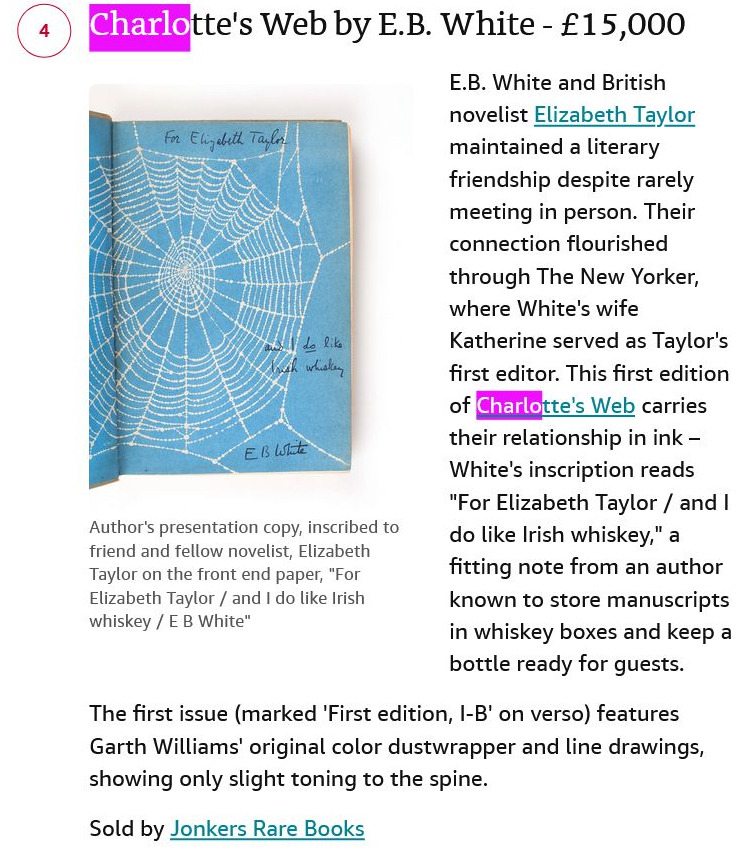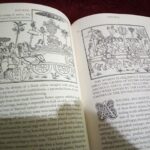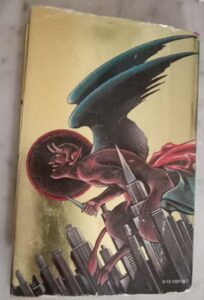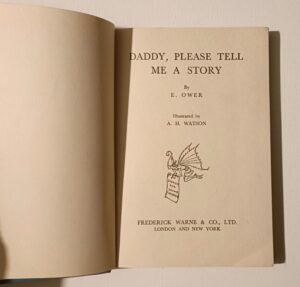Charlotte’s Web, Heroes Die Alone
Charlotte’s Web, written by E. B. White and illustrated by Garth Williams, is a timeless classic that has captured the hearts of readers since its publication in 1952.
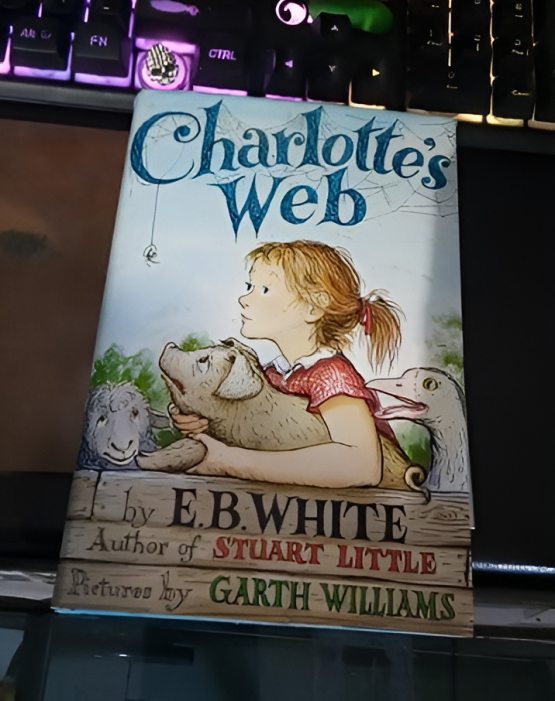
This enchanting tale of friendship, love, and the cycle of life unfolds on a charming farm, where a young girl named Fern saves a runt piglet named Wilbur from being slaughtered. As Wilbur grows, he befriends a clever spider named Charlotte, who devises a plan to save him from his fate. The narrative beautifully weaves themes of loyalty, sacrifice, and the inevitability of death, making it a profound read for both children and adults.
##Narrative and Themes
The story is masterfully crafted, showcasing White’s ability to blend humor with poignant moments. The characters are vividly drawn; Fern embodies innocence and compassion, while Wilbur represents vulnerability and the desire for acceptance. Charlotte stands out as the epitome of selflessness and intelligence, using her wit to create messages in her web that elevate Wilbur to celebrity status.
The themes explored in *Charlotte’s Web* resonate deeply with readers of all ages. The exploration of friendship is central to the narrative, illustrating how bonds can transcend differences and hardships. Additionally, the book addresses the cycle of life with grace, helping young readers understand complex emotions surrounding loss and mortality in a gentle manner.
##Illustrations
Garth Williams’ illustrations complement White’s prose beautifully. Each drawing enhances the storytelling by bringing the characters and their world to life, making it easier for readers to immerse themselves in this idyllic yet poignant setting.

##First Editions: A Collector’s Treasure
The first editions of Charlotte’s Web hold significant value for collectors in both the USA and UK markets. The original 1952 hardback published by Harper & Brothers features distinctive elements such as:
Dust Jacket: The first edition dust jacket is notable for its vibrant illustrations and design, which have become iconic over the years.
Points of Interest: Collectors often seek copies with specific identifiers such as the “First Edition” statement on the copyright page and the “I-B” code indicating its first printing.
In the UK, Hamish Hamilton published its own edition shortly thereafter, which also holds a high value among collectors due to its unique cover art and cultural significance.

##Cultural Impact
Charlotte’s Web has transcended generations, remaining relevant through adaptations into film, stage productions, and educational curricula. Its messages about empathy and understanding continue to resonate in today’s world, making it an essential read for children and adults alike.
E. B. White’s Charlotte’s Web is not just a story about a pig and a spider in a sort of Colombian-American myths revival; it’s a heartfelt exploration of friendship, life, and loss that leaves an indelible mark on its readers. The high value of first editions—both American and British—reflects not only their rarity but also their cultural significance as cherished artifacts of literary history. Whether you are revisiting this classic or discovering it for the first time, Charlotte’s Web promises to enchant and inspire with its timeless message of love and resilience.
In Narcos: Mexico, the reference to Charlotte’s Web serves as a poignant metaphor that underscores themes of loss, isolation, and the harsh realities of life within the context of the drug trade. This allusion is particularly evident in a scene where Kiki’s wife, Mika, reads the end of the book to their son after Kiki has gone missing. The specific moment she chooses to read is significant—it’s when Charlotte, the beloved spider, dies alone and unrecognized, which parallels Kiki’s fate in the series.
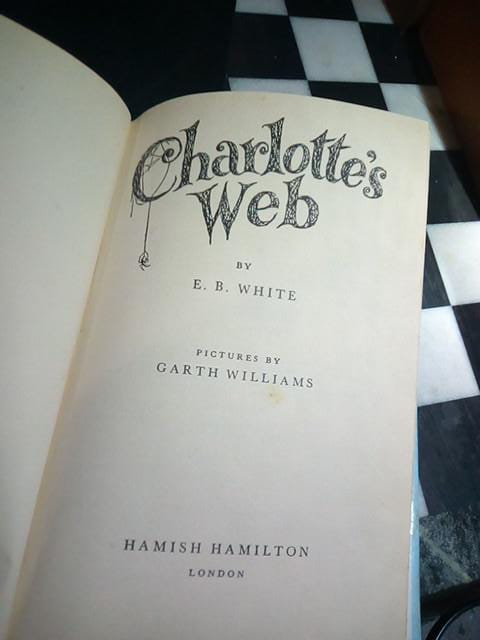
##Symbolism and Themes
Isolation: Just as Charlotte dies without anyone by her side, Kiki’s disappearance highlights the loneliness and abandonment felt by those affected by the violence of narco-terrorism. This connection emphasizes how individuals involved in or impacted by drug cartels often face tragic ends without recognition or support.
Loss: The reading of *Charlotte’s Web* symbolizes the innocence lost in the chaos of drug-related violence. It serves as a reminder that behind every statistic or violent act, there are personal stories filled with love and loss.
Emotional Weight: The choice to include this moment in the series adds emotional depth. It resonates with viewers who understand that Kiki’s sacrifice is not just a plot point but a reflection of real-life tragedies faced by many in similar situations.
##Cultural Commentary
The juxtaposition of a children’s story with the brutal realities depicted in Narcos: Mexico creates a stark contrast that invites viewers to reflect on the impact of drug violence on families and communities. By using Charlotte’s Web, the writers evoke a sense of nostalgia and innocence that is tragically disrupted by the harshness of narco life.
The reference to Charlotte’s Web in Narcos: Mexico serves as a powerful narrative device that enhances the emotional resonance of the story while highlighting broader themes of isolation and loss amid the turmoil caused by drug cartels.
